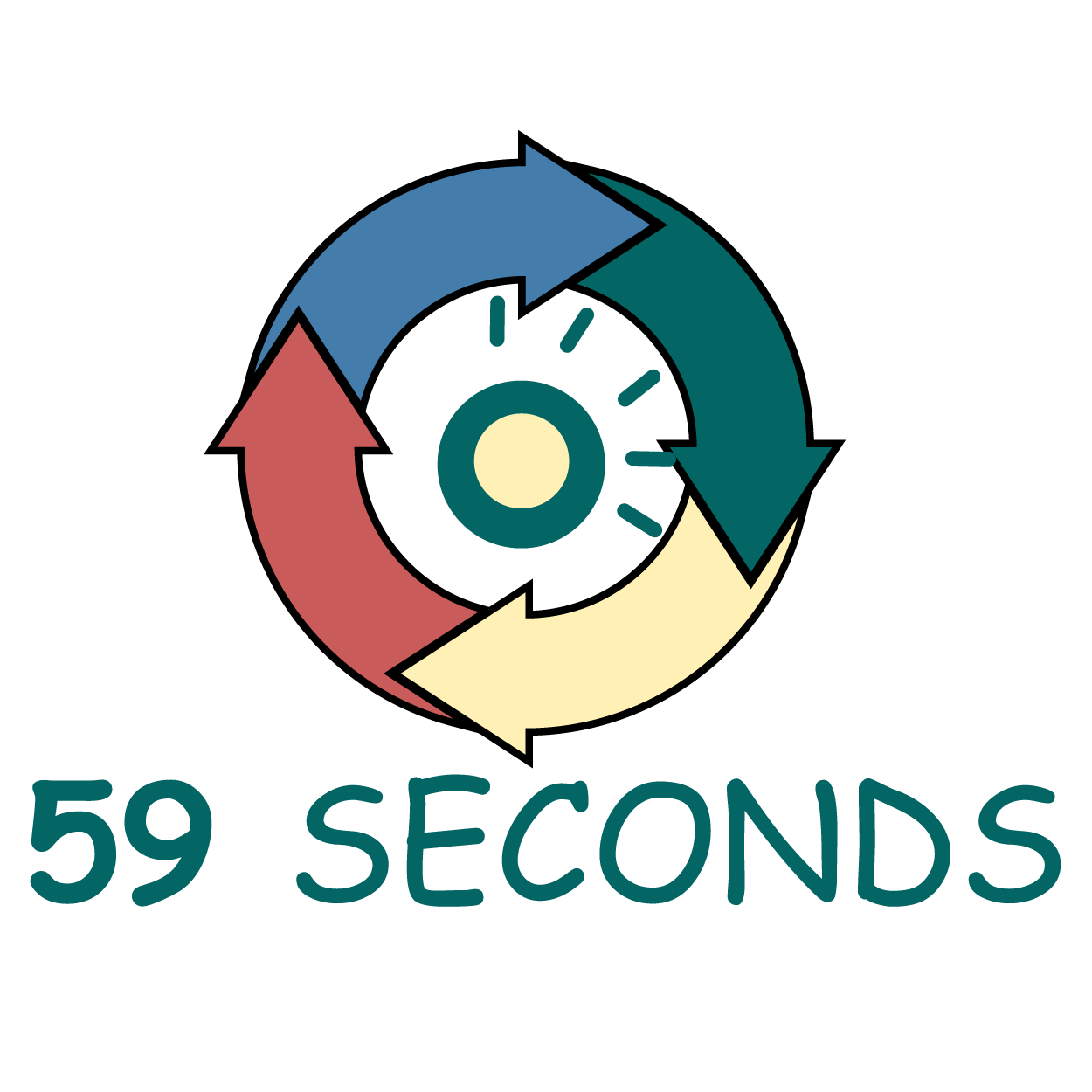
Using the Agile Manifesto to Deliver Change – Part 15
Customer Collaboration Over Contract Negotiation
The Agile Manifesto allows this process to occur over the life of a project, rather than forcing Stakeholders to decide at the very beginning. Any contract covers only the most essential concepts. This allows most of the product and terms to be decided as development continues. Over time, stakeholders can adjust their requests for the product based on their experience with earlier iterations. This sort reduces risk and allows all roles to work together for the common goal of a working product that is satisfactory for the customer.
Responding to Change Over Following a Plan
The fourth value of the Agile Manifesto prioritizes responding to change, instead of sticking with a predetermined plan. As with contract negotiation, the company sets a plan at the very beginning of the development process. This plan typically allows for little to no deviation. No matter how much technical debt builds up, and how unfeasible a product might become, everyone must stick to the plan. This often results in a reduction of progress in the project . Slowed progress also reduces the value of any product updates that are delivered to the customer. However, because the contract stated the conditions, the developers must follow the plan and customers must accept what they receive.
59 Seconds Training Video
<– Continue Reading –>
Master of Agile – Agile Scrum Developer With 59 Seconds Agile (Video Training Course)
Introductory Offer: Free Course
Master of Agile – Agile Scrum Developer With 59 Seconds Agile (Video Training Course)
What is this course?
This ‘Master of Agile – Agile Scrum Developer With 59 Seconds Agile (Video Training Course)’ provides an in-depth understanding of the Agile Scrum Developer roles and responsibilities
You will explore the Agile Scrum project life-cycle, including how an Agile User Story is created, to how we know when it is ‘done’
This course is aimed at those with or without prior knowledge and experience of the Agile values and principles
During this course you will learn the tools needed to succeed as an Agile Scrum Developer
What will you learn?
You will gain an in-depth understanding of the Agile Scrum Developer roles and responsibilities, and you will be able to
- Fully understand the role of the Agile Scrum Developer
- Understand the roles involved in an Agile project
- Create an effective Product Backlog
- Effectively participate in Scrum Meetings such as the Daily Stand-up, Sprint Review and Retrospective
- Identify the roles involves in the Scrum Team

What topics are covered within this course
You will cover the following topics during this course:
- An Introduction to Agile Project Management (Developer)
- The 12 Agile Principles (Developer)
- Introduction to Scrum (Developer)
- Scrum Project Roles (Developer)
- The Agile Project Life-cycle (Developer)
- Acceptance Criteria and the Prioritised Product Backlog (Developer)
- Initiating an Agile Project (Developer)
- Forming the Scrum Team (Developer)
- Epics and Personas (Developer)
- User Stories and Tasks (Developer)
- Implementation of Scrum (Developer)
- The Daily Scrum (Developer)
- The Product Backlog (Developer)
- Scrum Charts (Developer)
- Review and Retrospective (Developer)
- Validating a Sprint (Developer)
- Retrospective Sprint (Developer)
- Releasing the Product (Developer)
- The Communication Plan (Developer)
- Formal Business Sign-off (Developer)
Our Book Recommendations
We found these books great for finding out more information on Agile Scrum:
